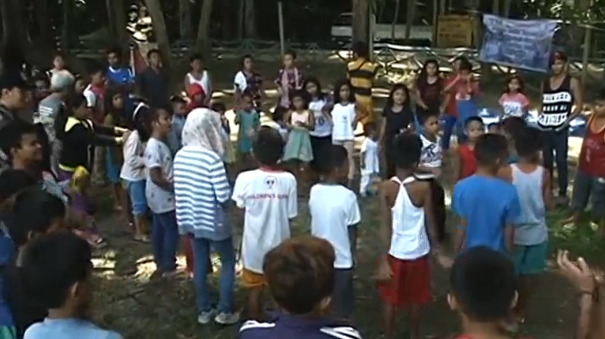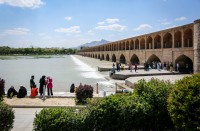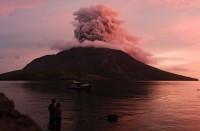
LANAO DEL NORTE, Philippines (Reuters) — Wearing white hijabs to assimilate better with those in the Muslim community, about 100 Philippine female soldiers are helping to rehabilitate hundreds of children displaced or made homeless by the conflict in Marawi City.
Since last week, the teams of soldiers have spent every morning between 8:30 and 11:00 a.m. with over 100 children in each evacuation center around the area, encouraging them to play as well as draw as a means of expression.
The soldiers hope their efforts will provide emotional support for psychological trauma and meanwhile be able to identify any signs of radicalization in the children.
Since May 23, the siege on the island of Mindanao conducted by Islamic State-linked militants has killed over 800 people, mostly insurgents.
Security experts, Islamic leaders, the military and local officials say teenagers and students are being targeted for radicalization in Mindanao’s poorest communities, at schools, and via social media, often by Malaysians and Indonesians.
Analyn Lonjawon, Philippine army’s team leader at the center, said they had encountered several children who resented the military, but were close to the rebels. She said they give special attention to these children through one-on-one counseling.
To deal with children becoming targets, one of the military’s suggestions was to integrate all the educational institutions, including Islamic schools, under the government’s watch. Islamic schools that teach Arabic and the Islamic faith are currently run under the care of local mosques in the area.
Faisal Rangaair Sulog, an Islamic teacher who has been teaching for 15 years in Lanao del Norte, about a three-hour drive away from Marawi, rejected the accusation that Islamic institutions teach radical ideologies, saying they value the teachings of the Koran and are against violence and war.
Islam is the second most popular religion in the predominantly Catholic Philippines, with over 10 percent of the 100 million populations practising the religion.
Mindanao Island has the largest number of Muslim followers, tracing back to Arab traders in the 14th century.







